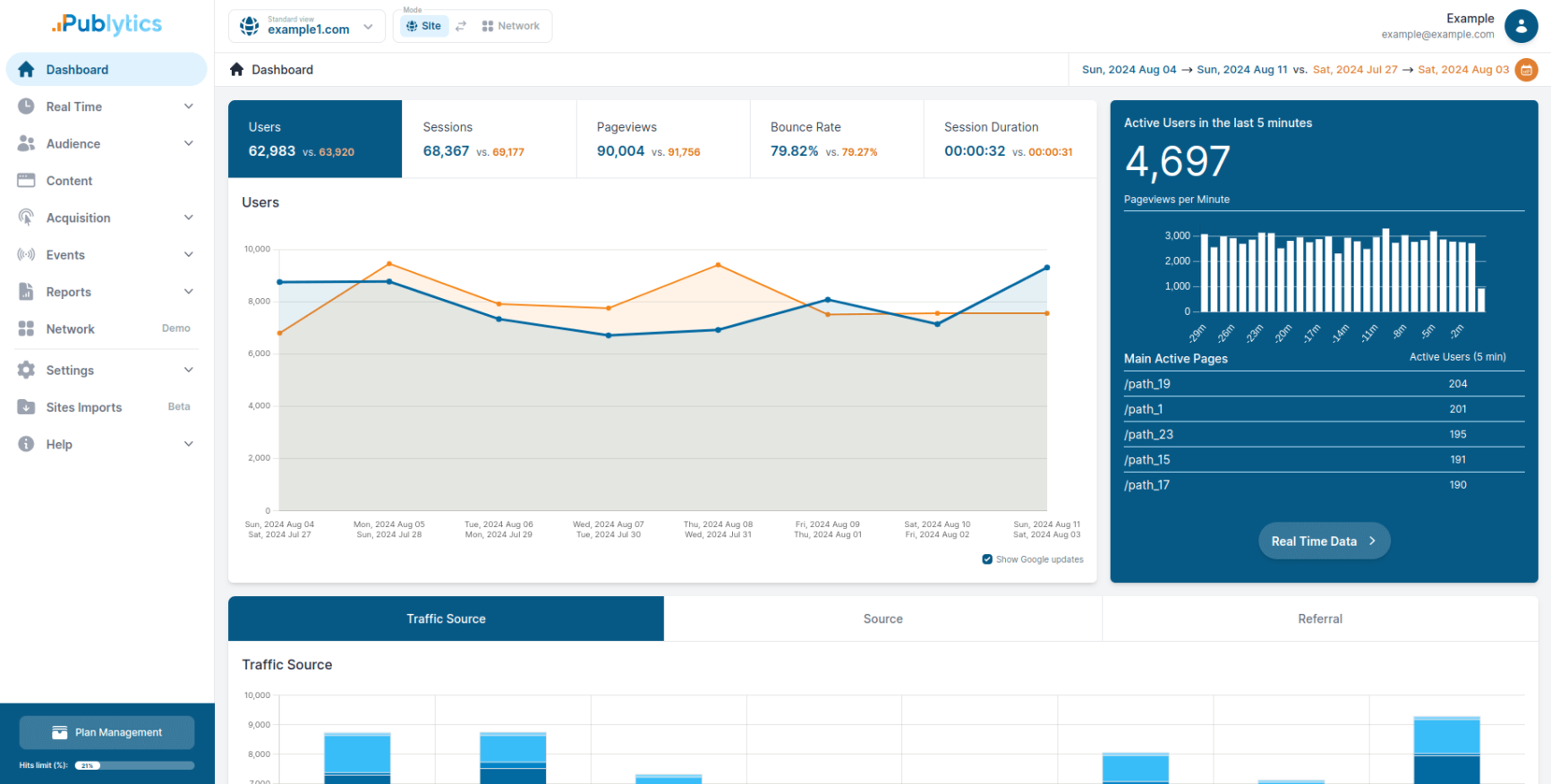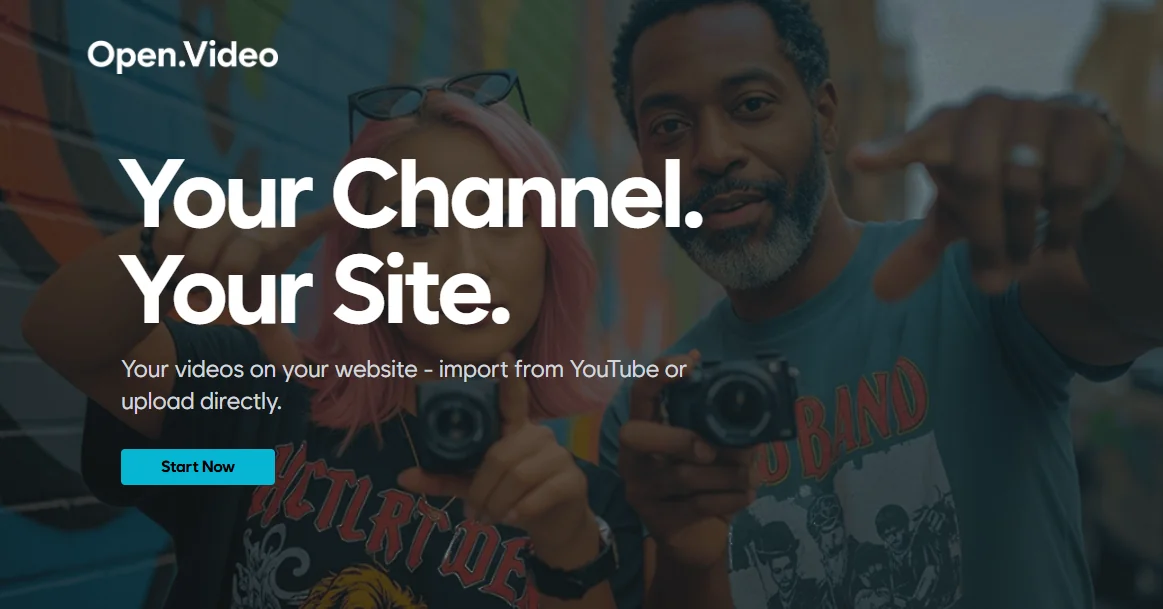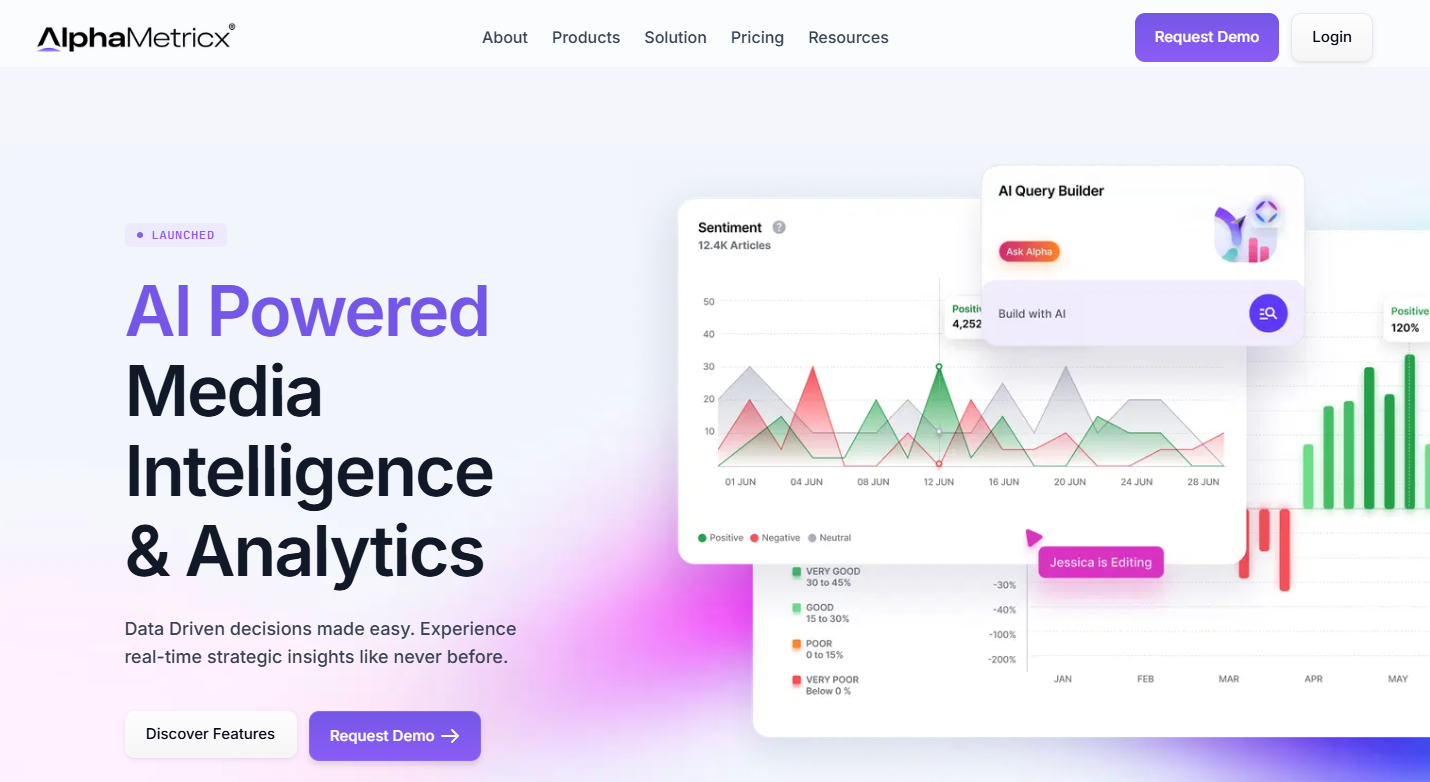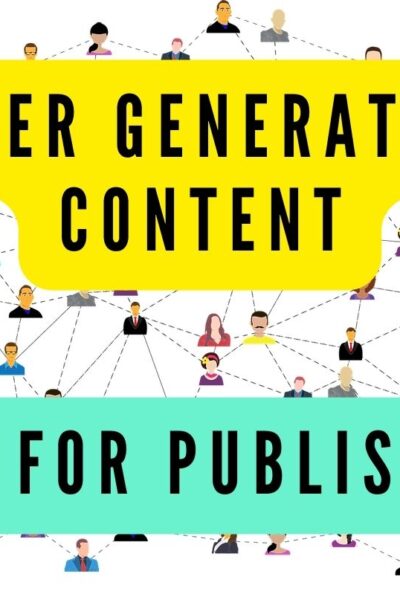Web Analytics tools are almost as old as the web itself, the first ones operating on the server side, to help monitor resource usage, access patterns, etc. Analytics tools have become increasingly powerful at measuring and interpreting user behavior on the web to trigger digital transformation across industries ranging from retail to publishing to real estate.
The evolution of analytics tools from the early days of the internet has seen a widening of scope in several directions:
- Scope of user & behavior data: User profiles, Tracking across sessions with cookies, Referrers, On-page heartbeat, Heatmaps, Cross-device tracking, Engagement Quality, etc.
- Scope of content data (content intelligence): URLs, Page type (forms vs. listings vs. articles vs. e-commerce), Tags, Categories, Objects & topics in content, Authors, etc.
- Reliability & Quality of collection: Browser cookies, SDKs, WebSockets, Cross-device profile creation, Custom event collection & tracking, E-commerce tracking & CRM integrations, Real-time reporting, etc.
- Scope of Insights: Conversions, Goals, Audience Interests, Evergreen vs. news content filters, AI-powered optimization tips, AI-powered anomaly detection, etc.
Of these, several are a function of technical evolution in computing languages, web browsers, and internet standards, but some such as content analysis, classification, and automated insight mining are possible only as a result of machine learning and AI.
Role of Analytics in Digital Publishing
Digital advertising has been taking an ever-increasing share of marketing spends over the past two decades. According to a study by the Lenfest Institute on Digital Subscriptions, the international revenue of Google from advertising has exceeded all revenue (including print and online revenue) made by newspapers. This has led to large-scale shutdowns, downsizing, as well as the rise of Digital Subscriptions as a key revenue driver for modern news organizations.
With Digital Publishing as the new normal, Web Analytics (specifically publishing analytics) is the interpreter of reach, engagement, reader profiles, and almost everything that a publisher or prospective advertiser would want to know about the readers before investing resources on editorial or advertising campaigns. Even the decision on whether to opt for a digital subscription paywall or not and the mechanics of locking content will require data to optimize for maximum conversion with minimal loss of readers as the study explains.
Role of AI in Web Analytics
AI is (some would say deservedly) on the upswing, with several of its applications zooming towards the ‘peak of inflated expectations’ in the hype cycle.
Since it defines itself as an upgrade to or augmentation of human intelligence, its applications can potentially be as wide as human imagination itself – from medicine to economics, to entertainment, and beyond.
Analytics or at least the availability of large volumes of data, collected under predictable input conditions and resultant as well as preferred outputs, is the fuel that Machine Learning & AI algorithms are built on.
Since Analytics is essentially collection, interpretation, and discovery of patterns in data, it is a critical component of most implementations of AI. For example, Google’s search results evolve as a function of how accurate and useful its users found its search results and the data for this feedback is generated by analytics on whether the users found what they were looking for in their search query.
Applications of AI in Analytics for Publishers
Almost every publisher with reasonable reach has a digital presence today, and digital subscriptions are increasingly emerging as a key revenue driver for medium and large publications. Against this backdrop, here are 4 top challenges that digital publishers face today that analytics platforms with AI can help tackle, grouped by key stakeholders:
- Audience segmentation by Interests & Topic Affinities
- Personalization at scale – across channels
- Editorial peer comparison, opportunity identification & prioritization
- Outlier detection / Insight discovery at high data velocity
Now, each of these is a use case of acting on data, rather than plain analytics as we used to understand it, but that is precisely the direction in which AI is leading the evolution of Analytics – actionable insights. Let us look at each of these in some detail.
Audience segmentation by Interests & Topic Affinities
For editorial and audience development teams, the ability to clusterize and view audiences by their topic affinities can be a significant challenge to solve – which is currently done using a mix of demographic indicators such as age, sex, location and session attributes such as Facebook audience, repeat user, visited politics category, etc. An Analytics tool that auto-tags stories with topics and measures quality of engagement can simplify this exercise and provide much more reliable Audience Interest based segmentation.
Treemap of Audience Interests on NativeAI Analytics
This segmentation can be used in the following ways:
- Editorial teams can size up different cohorts for prioritization of news-worthy topics
- Understand overlapping topic affinities to improve reader engagement
- Audience development teams can identify similar audiences and the traffic sources that work best to identify high-engagement readers
- Digital marketers can compare campaign results by engagement, instead of just traffic volumes
Personalization at scale – across channels
The best way to attract & engage and retain users is to deliver a personalized experience that learns from the user profile, behavioral cues, and the user’s stated choices. With analytics that can track additional dimensions such as quality of engagement, type & topic of content engaged with, channel, campaign & device used for interaction at different times of the day, it is possible to build a high-impact personalization engine that can learn each user’s preferences.
Successful personalization requires 3 factors:
- User attribute collection
- Conversion path recording
- Conversion success tracking
With these data points, it is possible to train a machine learning model to recognize patterns and deliver custom experiences that work for each user. In fact, personalized news reader apps such as Flipboard or News360 fill precisely this gap today by delivering a personalized experience of news in specific topics. For a digital publication with several millions of users every month, personalizing experiences can be a tough challenge, based purely on explicit user choices and AI-powered analytics, and can bridge that gap.
An AI-powered personalization engine can be useful for:
Content from our partners
- Content recommendations to improve recirculation & audience retention
- Reader nurturing to convert to newsletter subscription or paid subscriptions
- Forecasting likelihood to convert for each user & map custom metered paywalls
- Choosing the right channels & timing to surface these alerts – across email, push notifications, web-modals, banners, etc.
At NativeAI, we are currently able to quantify Engagement & recognize Audience Interests and are working on content recommendations. There are a lot of exciting possibilities in this space, and we are eager to help publishers enrich their own personalization engines with this data. (Disclosure: I work at News360, and the NativeAI publisher analytics platform featured in this article is developed by News360)
Editorial peer comparison, opportunity identification & prioritization
As mentioned earlier, natural language processing (NLP)-powered analytics platforms can classify content by topics and build a hierarchy of related topics in the taxonomy. Such platforms can double up for content insights as well as they include all the features of a content intelligence platform. This allows editors to compare their content mix with competition to identify gaps or opportunities and reinforce competitive advantages. Identifying topics that drive the most engagement can also help editorial teams streamline prioritization of reporting resources.
Content Mix comparison with competing Publishers
A few spin-off applications that could also be important to editorial teams can be:
- Measuring speed-to-publish for high-value topics & comparing with competition, since stories about the same topic, across publishers, can be tagged & automatically grouped
- Engagement & Traffic reports filtered by Authors, Topics, Publisher’s own tags
- Automated NLP-powered tagging of stories on publisher’s CMSes before publishing
- Headline optimization & CTR prediction
- Content type / format evaluations – evergreen vs. news, pictures vs. infographics vs. videos.
Analytics reports filtered by Authors
Outlier detection / Insight discovery at high data velocity
One of the toughest challenges for a data-driven company, whether in media or in content marketing, is to uncover insights from the large volumes of data that are available, in-time to act on it, and have a clear impact on campaigns or execution. In other words, analytics needs to provide actionable insights in real-time rather than in hindsight for the next campaign.
Setting up a data pipeline with warehousing, collection models, filtering, storage, and processing requires significant effort, but the expense is justified if the output is instantly and demonstrably impactful. AI can simplify this task which currently requires manual intervention, by calling out anomalies in user behavior, traffic or even content.
Some applications under this type could include:
- Promotional campaign diagnostics & optimization – for instance, you could receive alerts when paid Facebook campaigns may be generating high traffic with lower than normal engagement
- Suggested Promotions – A particular article or video may be performing well with an audience segment which is sizeable. The AI recommender could prompt the Audience Development team to promote it to the specific target audience to maximize reach. This could work even better when integrated with programmatic spends
- Virality Quotient alerts – Content analysis could score the viral quotient of an article or video and based on its performance, in the first hour of publishing, it can help provide insights on how to ensure the viral spread
The future looks promising, but what can we use right now?
While a lot of these are potentially fantastic applications that can simplify our editorial and audience development challenges, we obviously could use some instant gratification. Here are some applications enabled by AI that you can use right now:
- Get alerts on quirks in your website traffic, with the Google Intelligence panel which automatically distills and shares insights
- You can even ask questions to Google Intelligence, for example, ask “Which locations are our new readers from?“ in plain English to get reports & insights
- Optimization recommendations for your campaigns on AdWords
- Create and optimize Email & Social Media Marketing Copy with Phrasee
- Content Mix analysis & Opportunities reports on NativeAI
- Subscription email personalization at scale with Sailthru, which Business Insider has implemented to great effect
The possibilities for AI, Machine Learning in Analytics, and Analytics-triggered solutions are endless, and in my opinion, we are on the edge of a boom. We at NativeAI are considering all these possibilities and working on making some of these a reality for digital publishers. We are thrilled to see many others in the analytics, subscription optimization & personalization space solving related challenges and love the speed of innovation in this sector.

















